43 explosive symbols are used to label materials that release great amounts of energy
Guidelines for Explosive and Potentially Explosive Chemicals Safe... designed and produced for use as an explosive (e.g., TNT, explosive bolts, bullets, blasting caps, and fireworks). The other class is potentially explosive chemicals (PECs), which include peroxidizable organic chemicals. Most chemicals that are used in research and teaching labo-ratories are stable and non-explosive at the time of purchase. Atomic bomb | History, Properties, Proliferation, & Facts Jan 8, 2023 · atomic bomb, also called atom bomb, weapon with great explosive power that results from the sudden release of energy upon the splitting, or fission, of the nuclei of a heavy element such as plutonium or uranium. When a neutron strikes the nucleus of an atom of the isotopes uranium-235 or plutonium-239, it causes that nucleus to split into two fragments, each of which is a nucleus with about ...
Explosive symbols are used with those materials that release -... Jun 2, 2022 · Question and answer. Explosive symbols are used with those materials that release. Explosive symbols are used to label materials that release great amounts of energy in all of the following EXCEPT: Sound. Expert answered| Jozeal |Points 82333|. Log in for more information.
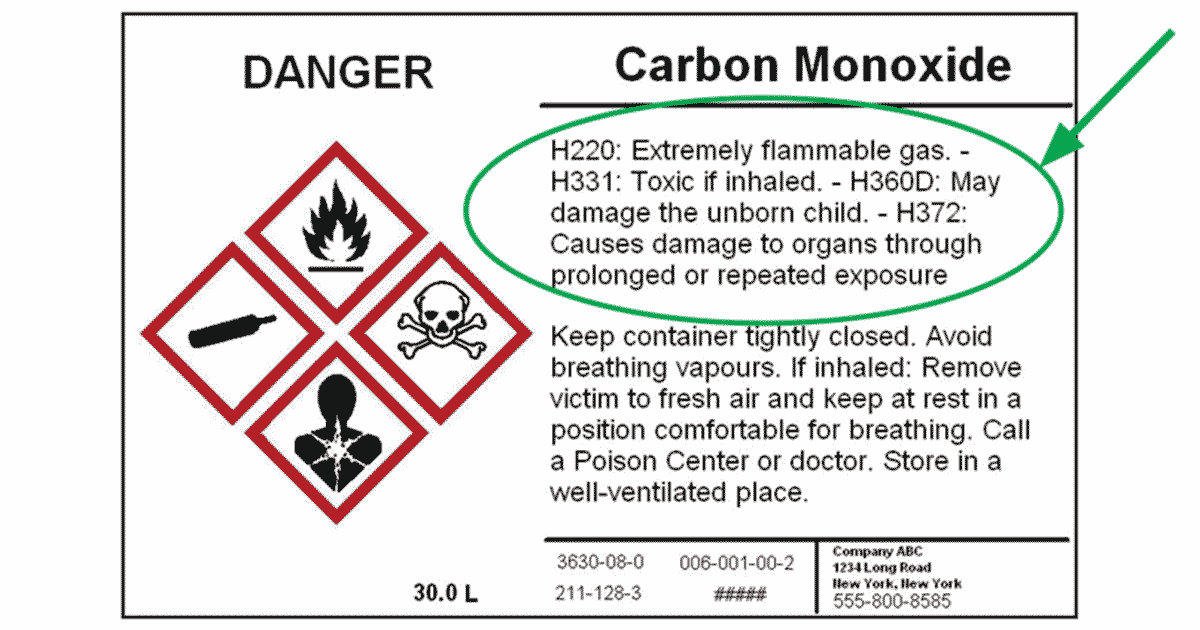
Explosive symbols are used to label materials that release great amounts of energy
The Nine DOT Hazard Classes Explained: Explosives, Gases, & More Mar 17, 2021 · Oxidizers (5.1) may contribute to the combustion of other materials. Concentrated hydrogen peroxide and silver nitrate are both examples of oxidizers. Organic peroxides (5.2) contain both an oxidizer and an organic fuel. They are thermally unstable and can release dangerous amounts of heat and energy. Physical Hazards: Reactives - University of South Carolina Physical Hazards: Reactives. Reactives. Some chemicals are hazardous because of their ability to rapidly release large amounts of energy. For example, the symbol on the left identifies a material that is an explosion hazard . Explosive materials can suddenly, almost instantaneously, release pressure, gas and heat when subjected to sudden shock ... In osha Explosive symbols are used to label materials that... Jun 15, 2017 · In osha Explosive symbols are used to label materials that release great amounts of energy and all of the following forms except? Wiki User ∙ 2017-06-15 02:32:29
Explosive symbols are used to label materials that release great amounts of energy. DOT CHART 16 Hazardous Materials Markings,Labeling and Placarding... Hazardous Materials Warning Labels Actual label size: at least 100 mm (3.9 inches) on all sides CLASS 3 Flammable Liquid CLASS 4 Flammable Solid, Spontaneously Combustible, and Dangerous When Wet: Divisions 4.1, 4.2, 4.3 Cargo Aircraft Only §172.405(b), §172.415, §172.416, §172.417 CLASS 5 Oxidizer, Organic Peroxide: Divisions 5.1 and 5.2 In osha Explosive symbols are used to label materials that... Jun 15, 2017 · In osha Explosive symbols are used to label materials that release great amounts of energy and all of the following forms except? Wiki User ∙ 2017-06-15 02:32:29 Physical Hazards: Reactives - University of South Carolina Physical Hazards: Reactives. Reactives. Some chemicals are hazardous because of their ability to rapidly release large amounts of energy. For example, the symbol on the left identifies a material that is an explosion hazard . Explosive materials can suddenly, almost instantaneously, release pressure, gas and heat when subjected to sudden shock ... The Nine DOT Hazard Classes Explained: Explosives, Gases, & More Mar 17, 2021 · Oxidizers (5.1) may contribute to the combustion of other materials. Concentrated hydrogen peroxide and silver nitrate are both examples of oxidizers. Organic peroxides (5.2) contain both an oxidizer and an organic fuel. They are thermally unstable and can release dangerous amounts of heat and energy.
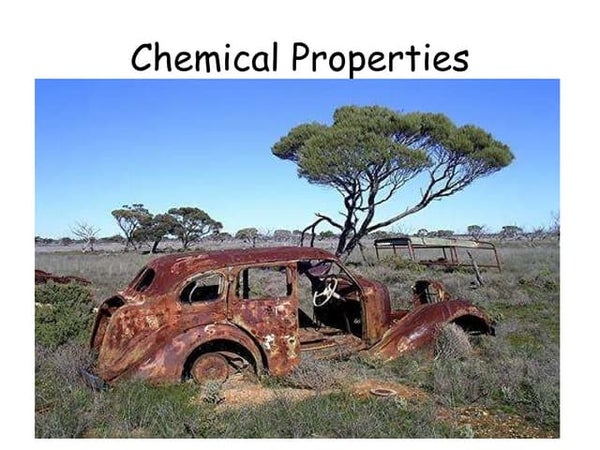



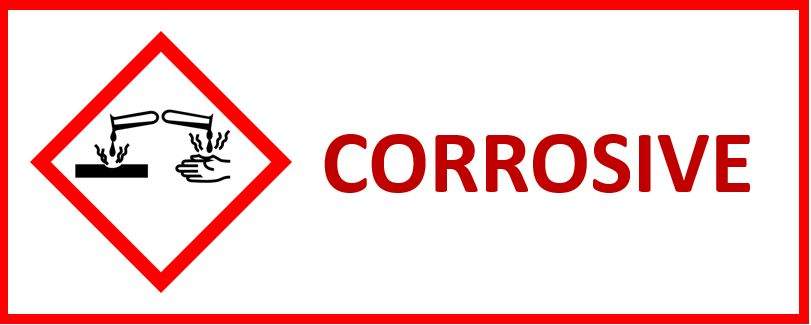
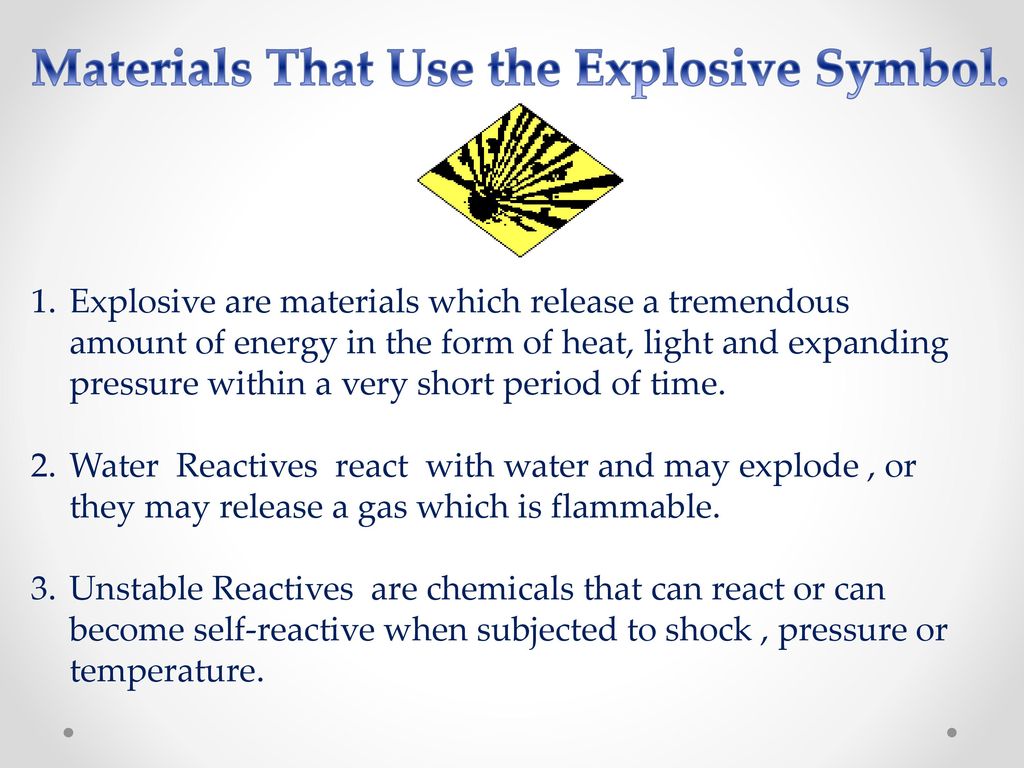



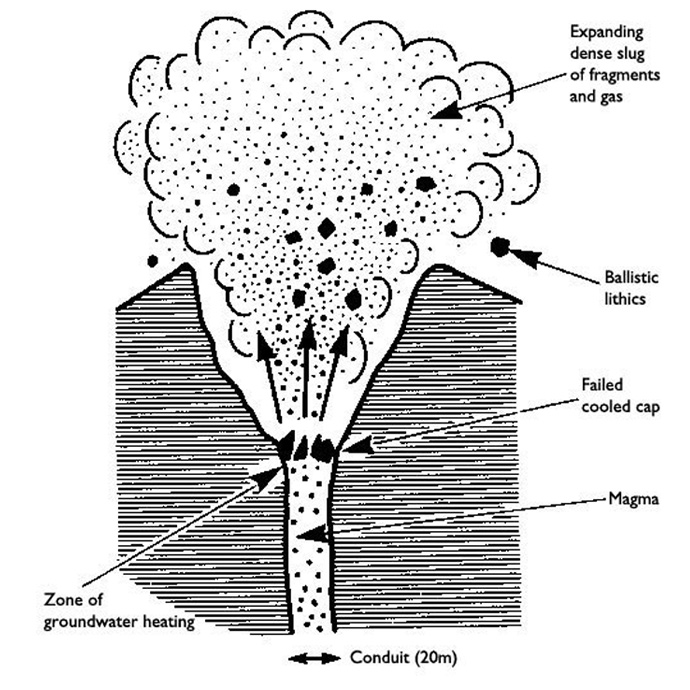

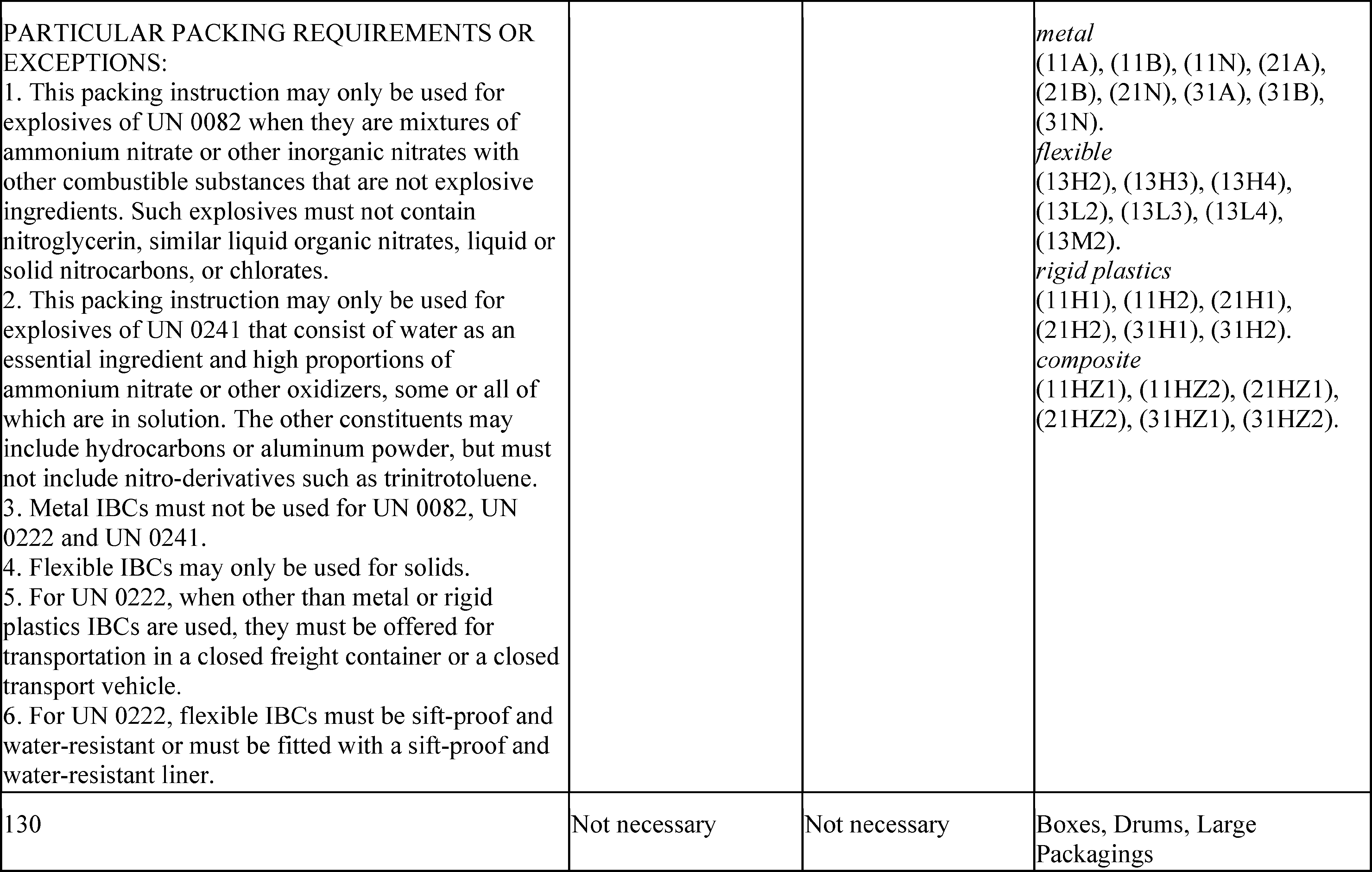


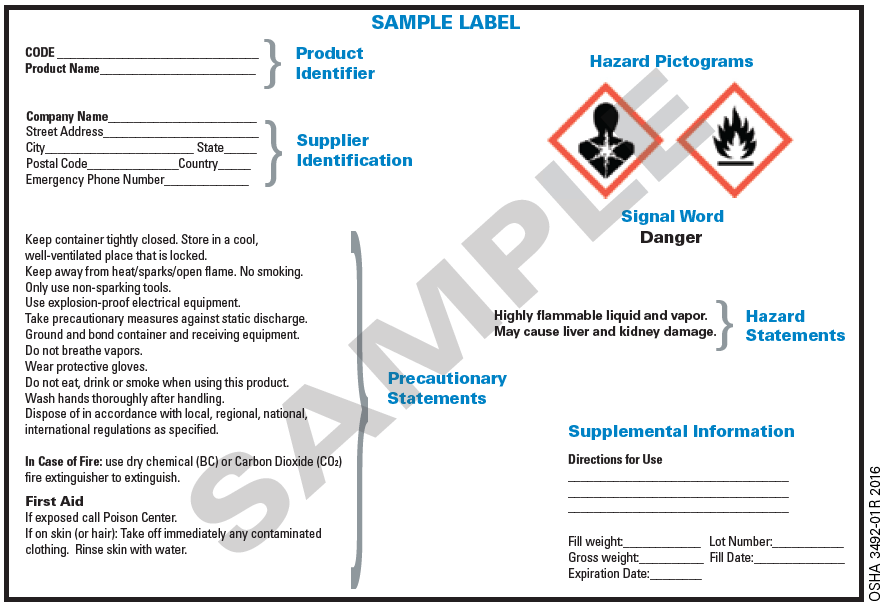






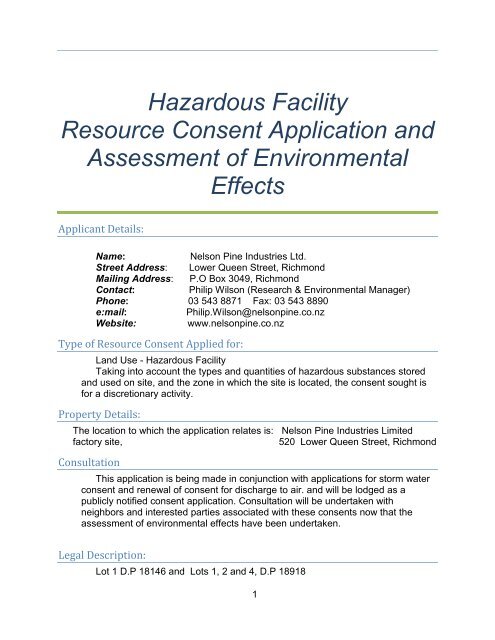


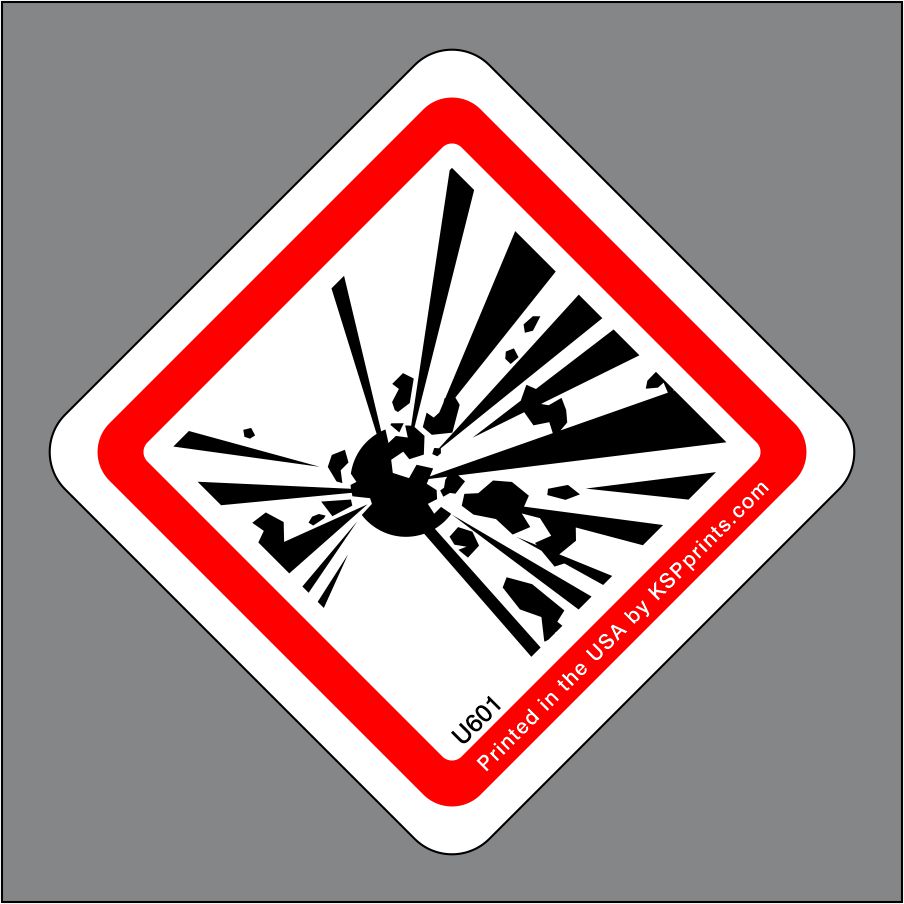

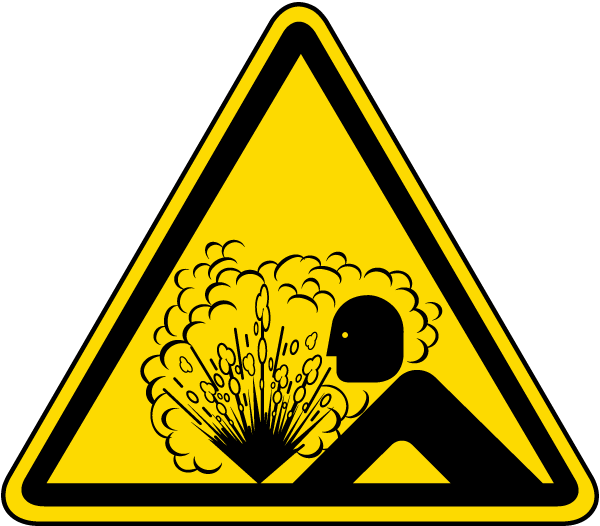
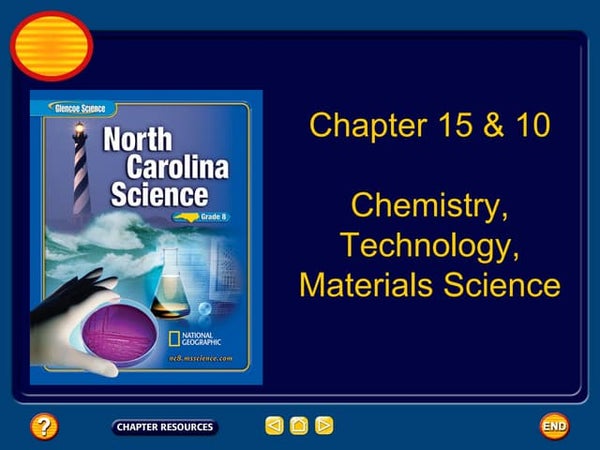
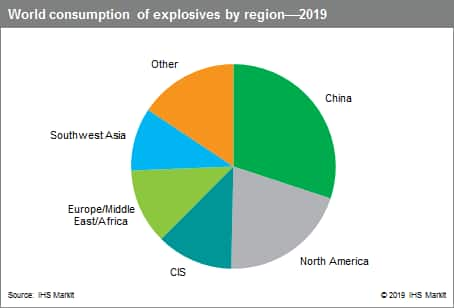






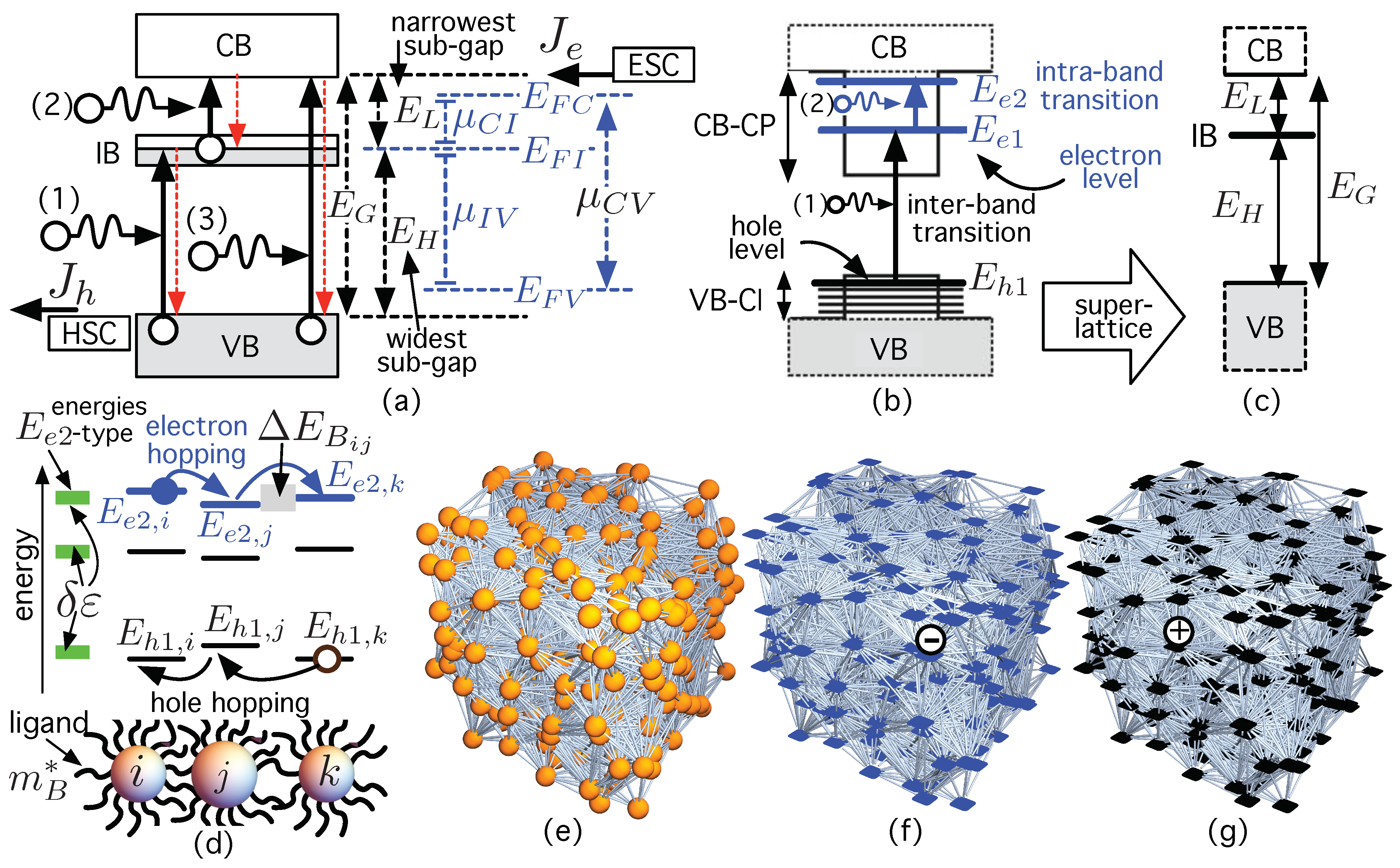


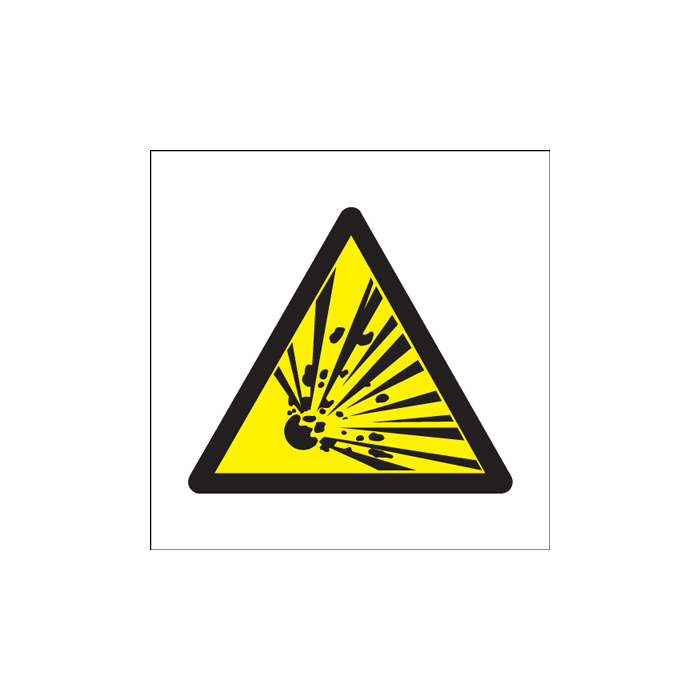
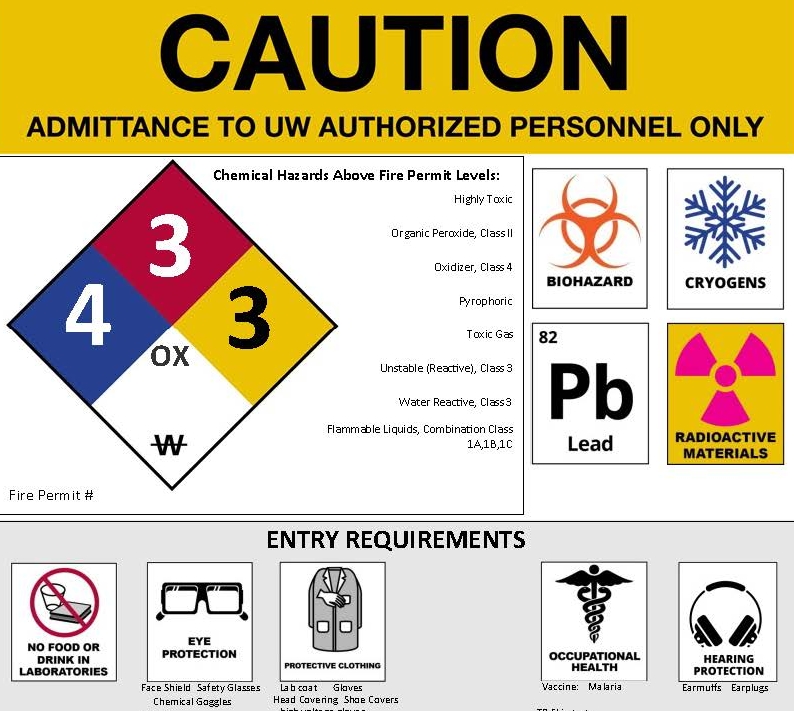

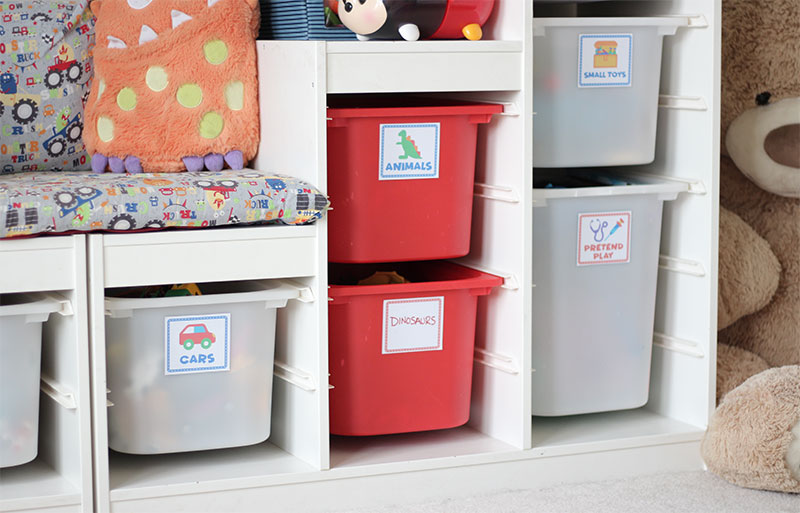
Komentar
Posting Komentar